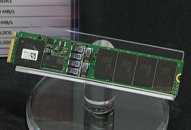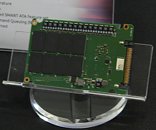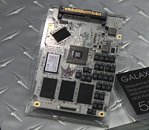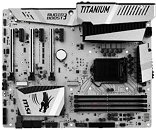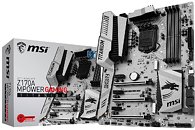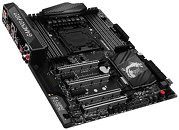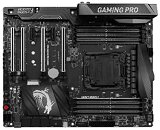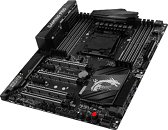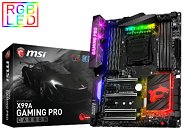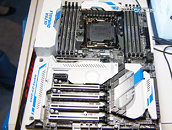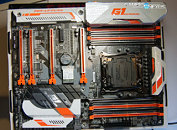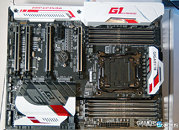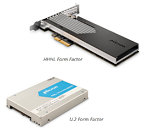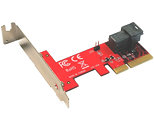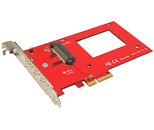GALAX is preparing an onslaught for the enthusiast consumer SSD space, with the new Hall of Fame (HOF) NVMe Series. Spanning three key enthusiast form-factors, namely 2.5-inch with 32 Gb/s U.2 interface; 32 Gb/s M.2, and PCI-Express 3.0 x4 add-on card; the lineup sees the company use a very powerful custom controller to churn up sequential transfer rates of 2.5 TB/s. To begin with, the 2.5-inch with U.2 form-factor drive comes in 512 GB and 1 TB sizes, offering speeds of up to 2500 MB/s reads, with 1200 MB/s writes, 300,000 IOPS 4K random reads, and 250,000 IOPS 4K random writes.
The M.2 lineup comes in two module lengths - the more common M.2-2280, and the longer M.2-22110. The M.2-2280 drive comes in capacities of up to 512 GB, and offers slightly higher write-performance of up to 1350 MB/s, while the M.2-22110 drive comes in capacities of up to 1 TB, offering the same transfer rates as the U.2 drives. Then there's the PCIe add-on card form-factor drive for those without either M.2 or U.2, which comes in sizes of up to 1 TB, and has the same performance as the U.2 drives. There's also a 2.5-inch SATA 6 Gb/s drive in this series, but its specs don't hold our attention for too long.


